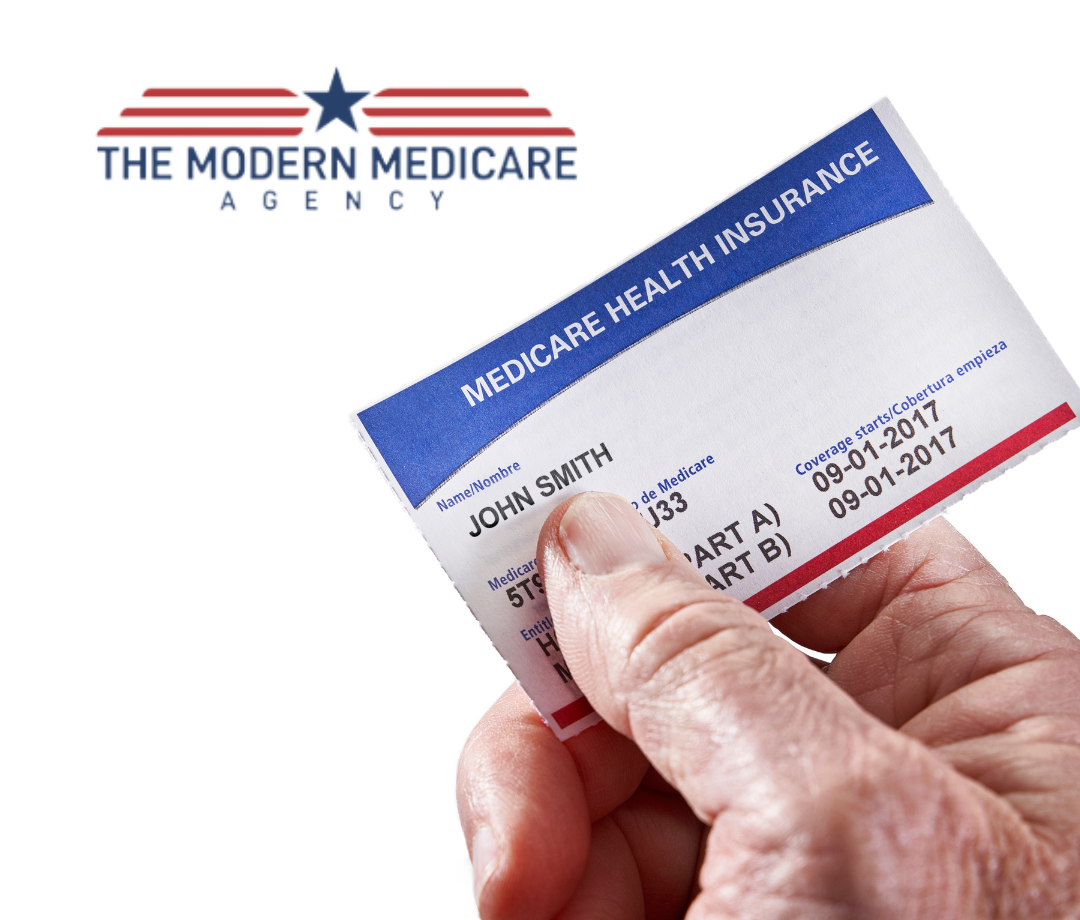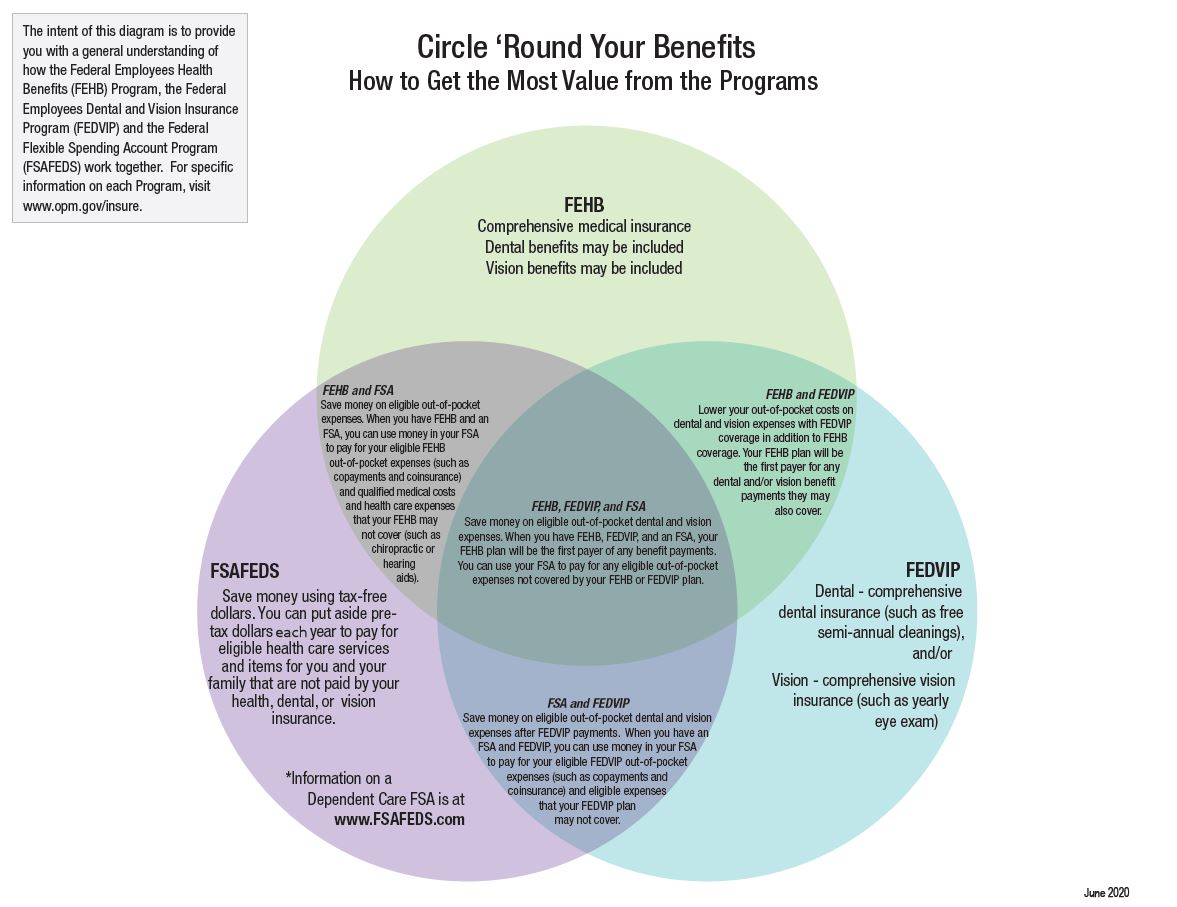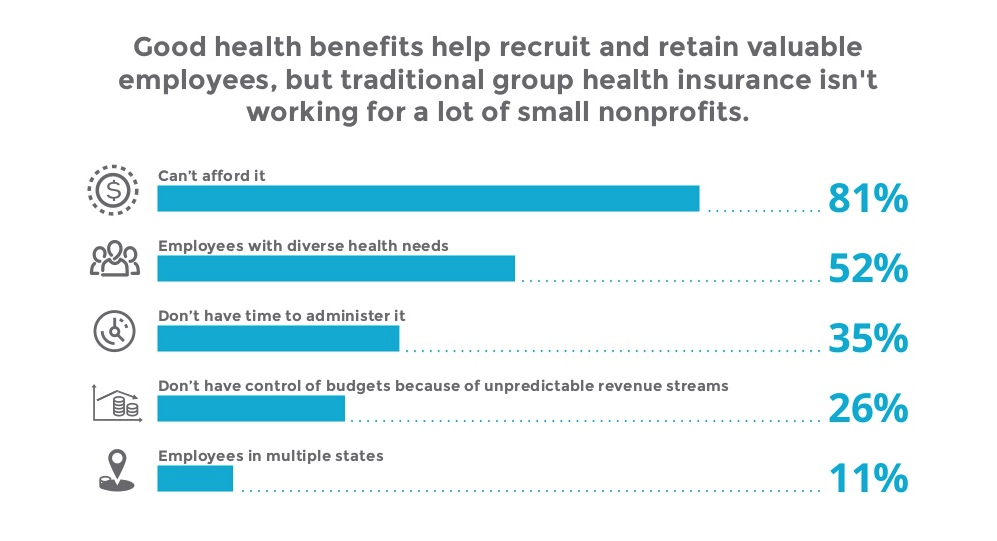The Greatest Guide To Medicare Advantage Agent
The Greatest Guide To Medicare Advantage Agent
Blog Article
The Main Principles Of Medicare Advantage Agent
Table of ContentsAbout Medicare Advantage AgentMedicare Advantage Agent Things To Know Before You BuyMedicare Advantage Agent Things To Know Before You Get This


follows from adheres to the perplexing young reasonably profile of the uninsured with the better health, on average, of younger persons. For those without access to office health and wellness insurance policy, inadequate wellness is a potential barrier to buying nongroup protection due to the fact that such coverage may be very priced, leave out pre-existing problems, or be merely not available. Unless otherwise noted, national quotes of individuals without wellness insurance coverage and proportions of the population with different kinds of insurance coverage are based on the CPS, the most extensively utilized source of quotes of insurance coverage and uninsurance rates.

Fascination About Medicare Advantage Agent
The connection in between wellness insurance coverage and access to care is well developed, as recorded later on in this chapter. The partnership between health and wellness insurance coverage and health results is neither straight nor basic, a substantial medical and health and wellness services research study literary works web links health and wellness insurance protection
to improved better to care, better quality, and improved personal and population health health and wellnessStanding The second report, on personal health results for uninsured grownups, is stood for by the innermost circle of the figure, while the third record, on family well-being, includes the topics of the 2nd record but stresses a various unit of analysis, namely, the family.
It concentrates particularly on those without any kind of health insurance policy for any kind of size of time. The problems dealt with by the underinsured are in some aspects comparable to those encountered by the without insurance, although they are typically less serious. Uninsurance and underinsurance, however, include noticeably various policy issues, and the approaches for resolving them might differ. Throughout this study and the five records to follow, the primary focus is on individuals without any medical insurance and therefore no aid in spending for healthcare past what is offered with charity and safety and security net institutions. Medical insurance is a powerful variable impacting invoice of treatment due to the fact that both patients and medical professionals respond to the out-of-pocket rate of solutions. Health and wellness insurance, nonetheless, is neither needed nor enough to get access to clinical services. However, the independent and direct effect of wellness
insurance coverage on accessibility to health and wellness solutions is well developed. Others will obtain the healthcare they require also without medical insurance, by paying for it expense or seeking it from suppliers who supply treatment totally free or at very subsidized prices. For still others, health insurance alone does not make certain receipt of treatment due to the fact that of various other nonfinancial barriers, such as an absence of health care companies in their neighborhood, limited accessibility to transportation, illiteracy, or linguistic and social distinctions. Formal research study concerning without insurance populations in the United States dates to the late 1920s and early 1930s when the Committee on the Expense of Medical Treatment generated a collection of records regarding financing physician workplace brows through and hospitalizations. This issue came to be significant as the varieties of clinically indigent climbed up throughout the find this Great Anxiety. Empirical researches consistently support the link between accessibility to care and improved wellness outcomes(Bindman et al., 1995; Starfield, 1995 ). Having a routine resource of care can be taken into consideration a predictor of accessibility, rather than a direct procedure of it, when health and wellness end results are themselves made use of as accessibility signs. This expansion of the notion of access measurement was made by the IOM Board on Keeping Track Of Accessibility to Personal Healthcare Provider(Millman, 1993, p. Whether parents are insured shows up to influence whether their children obtain care along with just how much careeven if the kids themselves have coverage(Hanson, 1998). The health of parents can influence their capacity to look after their youngsters and the degree of family anxiety. Fretting about their kids's access to care is itself a source of anxiety for moms and dads. Three phases adhere to in this report. Phase 2 offers an overview of how employment-based health insurance coverage, public programs and private insurance plan run and interact to give considerable yet incomplete insurance coverage of the united state population. This includes an evaluation of historical fads and public plans impacting both public and exclusive insurance policy, a conversation of the communications amongst the various kinds of insurance coverage, and an examination of why people move from one program to an additional or finish up

Report this page